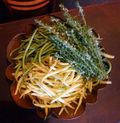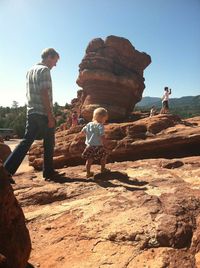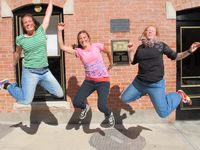Telluride to Telluride: Todd and Clint's excellent Adventure
Late Summer in the mountains. After weeks of rain any time of the day, we've got a forecast of brilliant sunny weather for a few days. What to do?
The answer for my friend Todd Hoffman and me: a motorcycle guy trip. First we thought we'd head for the Utah desert, but it looked like it might be a bit warm, so we elected to stay in the high country. Mostly familiar, but always changing and the roads were made for riding bikes.
The destinations were easy, and the ways to get there, endless. We spent three nights on the road in Aspen, Denver and Gunnison. But the rides- not the shortest way to get to any of them. I met Todd at his place 3 miles up a gravel road outside of Ridgway. A gravel road is just a warm-up for my BMW F650GS. Todd was riding his recently rebuilt 1972 Norton Commando, a beautiful bike (I offered to be the baggage car with my new Caribou hard cases), especially if you're riding light.






